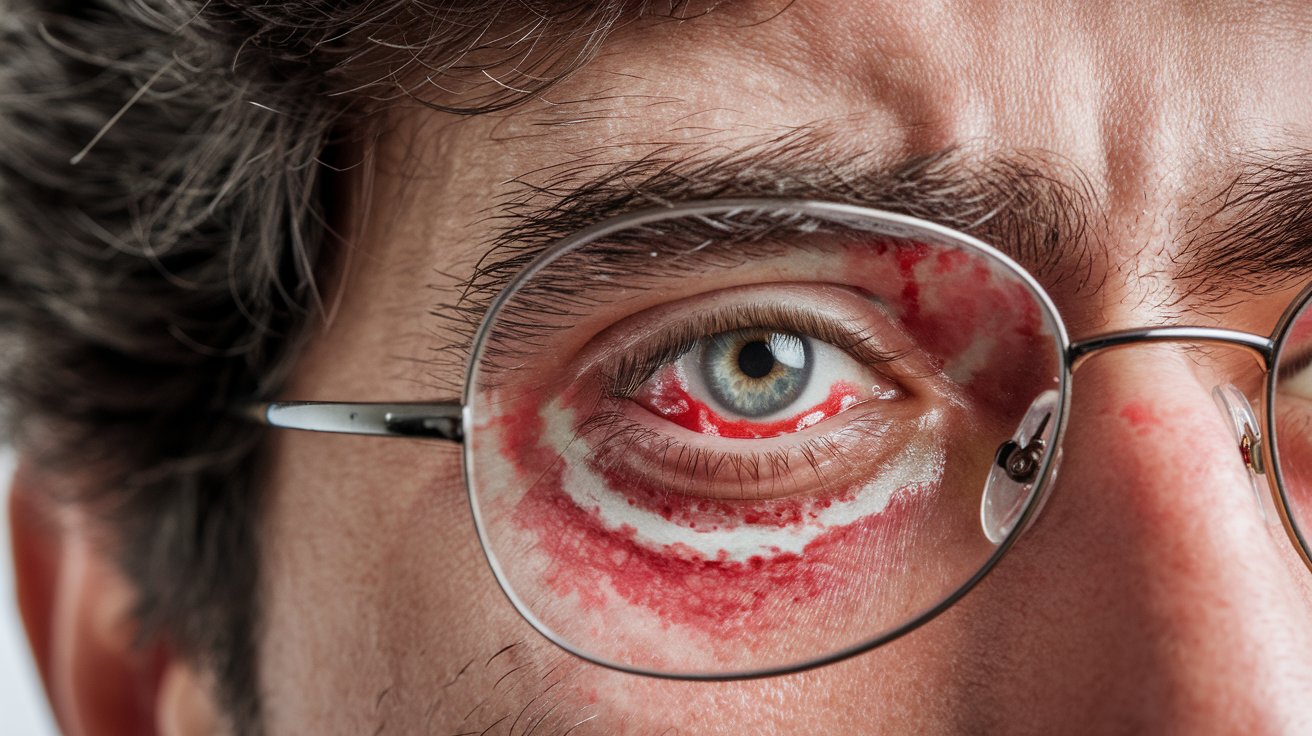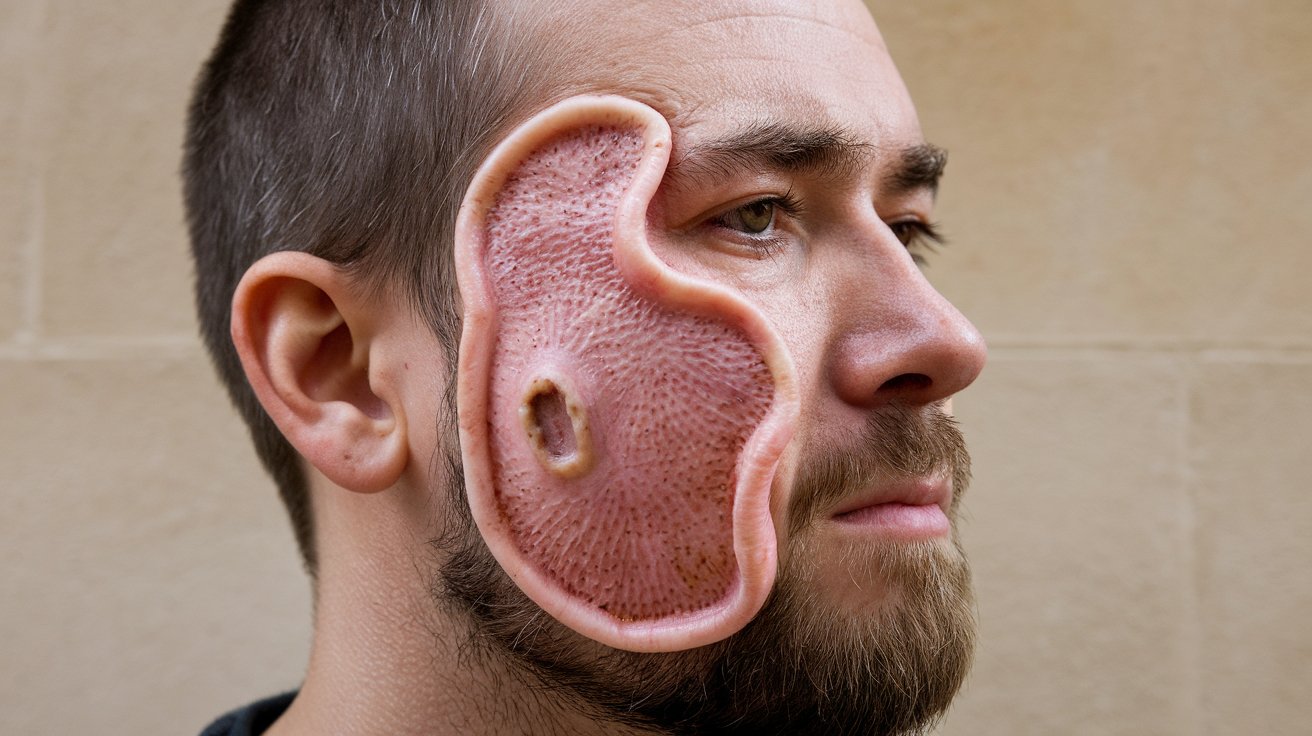
Brittle Cornea Syndrome (BCS) is a rare, inherited disorder that makes the cornea, the eye's clear front layer, extremely fragile. Affecting fewer than 1 in 1,000,000 people, this condition can lead to spontaneous or trauma-induced corneal ruptures, risking severe vision loss. BCS stems from mutations in the ZNF469 and PRDM5 genes, causing not just eye issues but also problems like joint hypermobility, skin elasticity, and hearing loss. Diagnosing BCS can be tricky due to its overlap with other connective tissue disorders. Genetic testing is crucial for accurate identification. Preventive measures, such as protective eyewear, are essential to manage this condition effectively.
What is Brittle Cornea Syndrome?
Brittle Cornea Syndrome (BCS) is a rare genetic disorder that affects the eyes, specifically the cornea. This condition can lead to severe vision problems due to the fragility of the cornea. Let's dive into some key facts about this condition.
-
Definition and Prevalence: BCS is extremely rare, affecting fewer than 1 in 1,000,000 people. It is an autosomal recessive disorder, meaning both parents must carry the gene for a child to be affected.
-
Genetic Basis: Mutations in two genes, ZNF469 and PRDM5, cause BCS. ZNF469 mutations lead to Type 1 BCS, while PRDM5 mutations result in Type 2 BCS.
Clinical Features of Brittle Cornea Syndrome
BCS primarily affects the cornea, but it can also have other ocular and extraocular manifestations. Understanding these features is crucial for diagnosis and management.
-
Primary Clinical Feature: The main feature of BCS is extreme corneal thinning, which can lead to spontaneous or traumatic rupture.
-
Other Ocular Features: High myopia, keratoglobus, keratoconus, and irregular astigmatism are common in BCS patients.
-
Blue Sclerae: Many BCS patients have blue sclerae, although this is not always present.
Extraocular Manifestations
BCS doesn't just affect the eyes. It has several extraocular manifestations that highlight its multisystem nature.
-
Hypoacusis: Hearing loss is a common extraocular manifestation in BCS patients.
-
Joint Hypermobility: Many individuals with BCS exhibit joint hypermobility.
-
Skin Hyperelasticity: Skin hyperelasticity is another feature, making the skin more stretchy than usual.
-
Arachnodactyly: This condition, characterized by long, slender fingers, is often seen in BCS patients.
-
Hip Dysplasia: Developmental dysplasia of the hip is another extraocular manifestation of BCS.
Risk of Corneal Rupture
The cornea's fragility in BCS patients poses a significant risk of rupture, which can lead to severe vision loss.
-
High Risk of Rupture: The cornea in BCS patients is extremely fragile, increasing the risk of rupture from minor trauma or even spontaneously.
-
Abnormal Corneal Hysteresis: The cornea's inability to withstand normal biomechanical stresses due to abnormal corneal hysteresis heightens the risk of rupture.
Diagnostic Challenges
Diagnosing BCS can be tricky due to its rarity and similarities with other connective tissue disorders.
-
Central Corneal Thickness (CCT): A CCT of less than 400 μm is highly suggestive of BCS. Some patients have CCTs as low as 300 μm.
-
Phenotypic Overlap: BCS shares phenotypic features with other disorders like Ehlers-Danlos Syndrome, making diagnosis challenging.
-
Molecular Diagnosis: Genetic testing for mutations in ZNF469 and PRDM5 is essential for accurate diagnosis.
Historical Considerations and Genotype-Phenotype Correlation
Understanding the history and genetic correlations of BCS helps in better management and treatment.
-
Historical Misclassification: BCS was once considered a variant of EDS VI but is now recognized as a distinct disorder.
-
Genotype-Phenotype Correlation: Specific mutations in ZNF469 and PRDM5 lead to distinct clinical presentations in BCS.
Management and Prevention
Managing BCS involves preventing corneal rupture and addressing other symptoms.
-
Protective Measures: Wearing polycarbonate spectacles and eye shields can help prevent ocular rupture.
-
Monitoring and Assessment: Regular monitoring of visual and auditory function, along with assessment for skeletal complications, is crucial.
-
Surgical Challenges: Surgical management of corneal perforation in BCS patients is challenging due to the high risk of wound leakage. Specialized techniques are often required.
Final Thoughts on Brittle Cornea Syndrome
Brittle Cornea Syndrome (BCS) is a rare, autosomal recessive disorder that significantly impacts the cornea's integrity. With less than 1 in 1,000,000 individuals affected, BCS is caused by mutations in the ZNF469 and PRDM5 genes. Key features include severe corneal thinning, high myopia, and blue sclerae. Extraocular symptoms like joint hypermobility and hearing loss highlight its multisystem nature. The risk of spontaneous or traumatic corneal rupture is high, making preventive measures crucial. Diagnosis can be tricky due to its rarity and overlap with other connective tissue disorders. Genetic testing is essential for accurate identification. Management focuses on preventing rupture through protective eyewear and careful monitoring. Surgical options exist but come with challenges. Understanding BCS's genetic and clinical aspects is vital for improving patient outcomes.
Was this page helpful?
Our commitment to delivering trustworthy and engaging content is at the heart of what we do. Each fact on our site is contributed by real users like you, bringing a wealth of diverse insights and information. To ensure the highest standards of accuracy and reliability, our dedicated editors meticulously review each submission. This process guarantees that the facts we share are not only fascinating but also credible. Trust in our commitment to quality and authenticity as you explore and learn with us.


